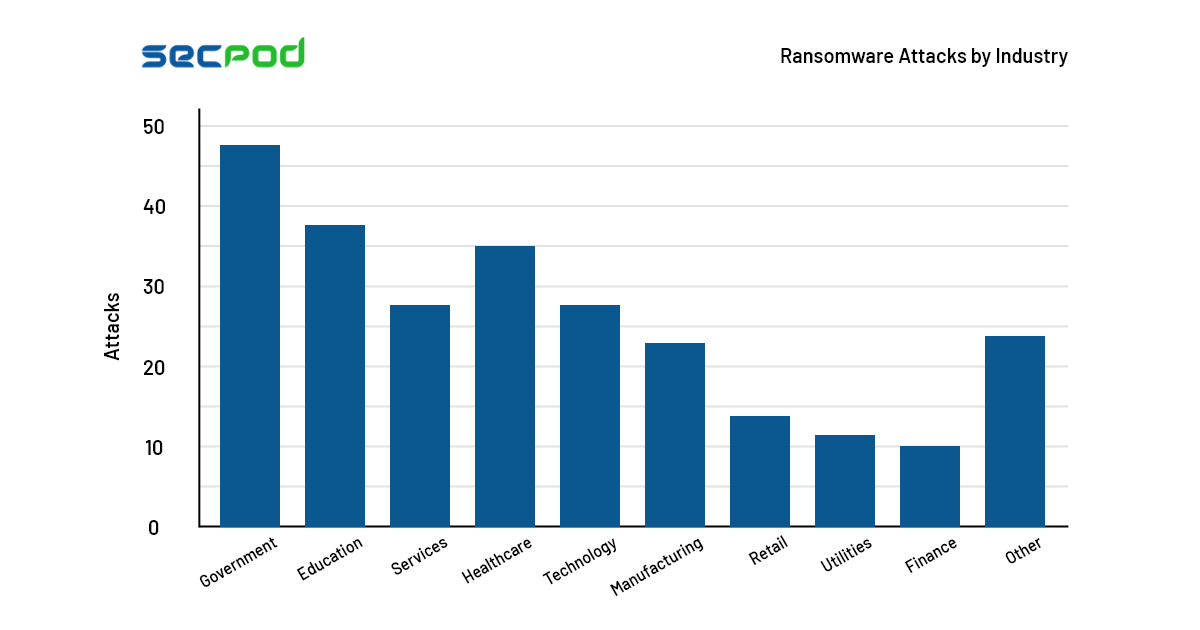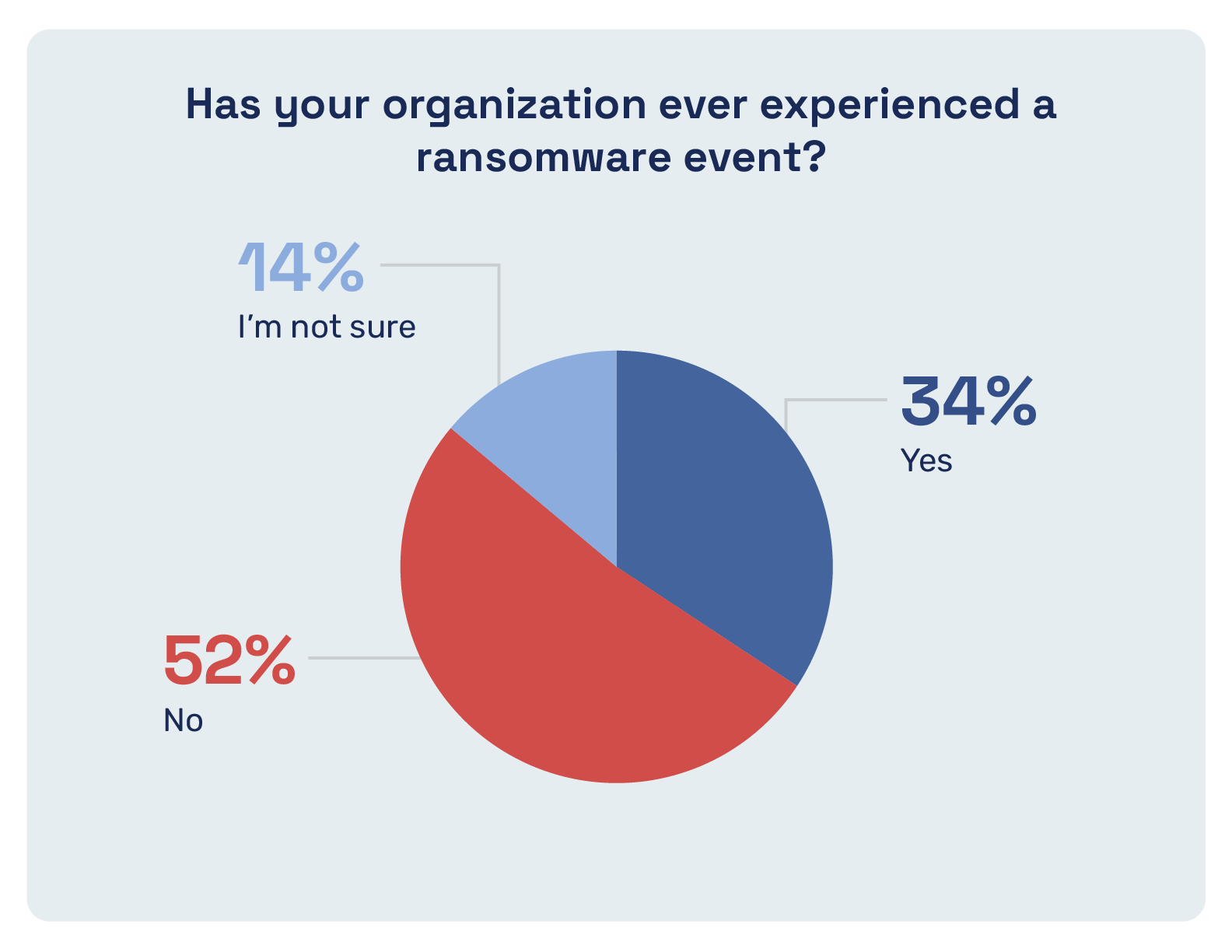Many cybercriminals use ransomware to cripple private and corporate networks and devices. They take important information or hostage the entire system, typically through a Trojan. Ransomware inside the system encrypts the files; thus, you can not access them. Once the files get locked, the attacker sends a message to pay a ransom for getting them back on their device. Here’s everything you need to know about ransomware.
Unfortunately, in some cases, victims pay the price but don’t get their files back. It can be very devastating for businesses. With the recent storm of ransomware attacks, it is vital to learn how ransomware works and how to prevent attacks. So, let us know more.
What is Ransomware?
Ransomware is a type of malicious software that makes the usage of devices like laptops, computers, tablets, and smartphones impossible. They block the screen, encrypt the files or prevent the operating systems from starting.
How Does Ransomware Infect Your Computer?
A computer normally runs for some time after the installation of ransomware, so users do not realize the attack. When the ransomware begins on the device and encrypts the files, it is too late to save your data. You will receive a ransom note on the screen that files are not accessible. The following are some ways ransomware infects your corporate network or computer:
- Phishing: It is one of the most common ways to infect the system where an attacker poses a threat to a legitimate institution like a bank or technology company. They request you by email to download a file or a malicious attachment. Once you open the file, the ransomware will be injected into the system or network.
- Malicious Advertising: Another common tactic is malvertising, where an attacker spreads malware through online advertising. Malicious advertising does not need the user to take any action. Instead, you accidentally connect to malicious servers while browsing trusted sites. These servers get information about your location and computer and send malware to your system.
- Exploiting Vulnerabilities: Sometimes, attackers use exploit kits consisting of pre-made code. These tools identify security gaps on your computers and then infect them.
- Social Engineering: It is a manipulation technique in which malicious actors gain access to your network or system. Cybercriminals pose as technical support representatives, customer service executives, or authority figures to gain remote access to passwords, devices, or login credentials. Once they get access, they spread the ransomware.
How to Avoid Ransomware?

The damage caused by ransomware -attacks can be financially and emotionally unbearable. Therefore, it would be best to focus on ransomware prevention. Here are some cybersecurity ways to prevent ransomware from injecting into the system:
- Refrain from opening unsafe attachments or clicking on suspicious links: Phishing emails can be from senders disguised as accounting firms, law enforcement agencies, or close acquaintances. So, always check the sender’s information and email address.
- Do not Expose Personal Information: Ransomware can collect your information to get into your device. They can search your social media profiles to get key information. Therefore, do not overexpose your details unless necessary.
- Keep the Software and Operating Systems Up-to-Date: Ensure that you have the latest version of the operating system (OS) and software installed on the device that allows automatic updates. OS updates contain the latest features and security patches for any security flaws in your system.
- Maintain Regular Backups: Keep backup files and store them outside your network in different locations. It is because ransomware targets backups in the system. Cloud platforms are suitable for keeping backups.
- Download from Trusted Sites: Do not download software from untrusted sites. Instead, always check the URL and visit sites with HTTPS in the URLs. Also, be extra cautious about downloading free games and software.
Final Thoughts
This was everything you need to know about ransomware. Cyberattacks involving ransomware are a major threat to individuals and companies. However, the most troublesome trend is that ransomware attacks are increasingly targeting businesses and many victims are unable to recover the data. Thus, individuals and organizations must take preventative measures to protect themselves from cyberattacks.




